

William Stopford
Every car discontinued in Australia in 2025
2 Days Ago
The addition of a manual gearbox option headlines an otherwise minor update for the Toyota GR Supra, the company's performance flagship.
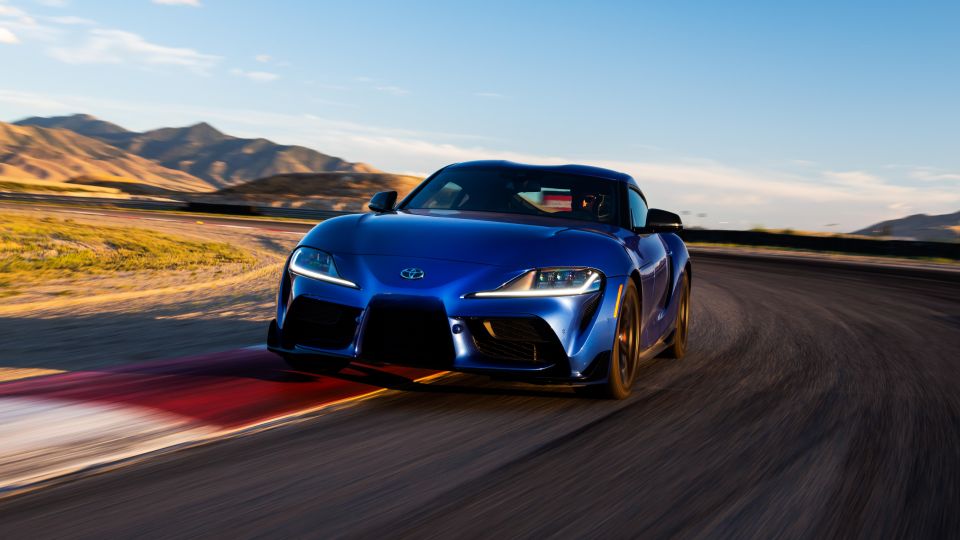
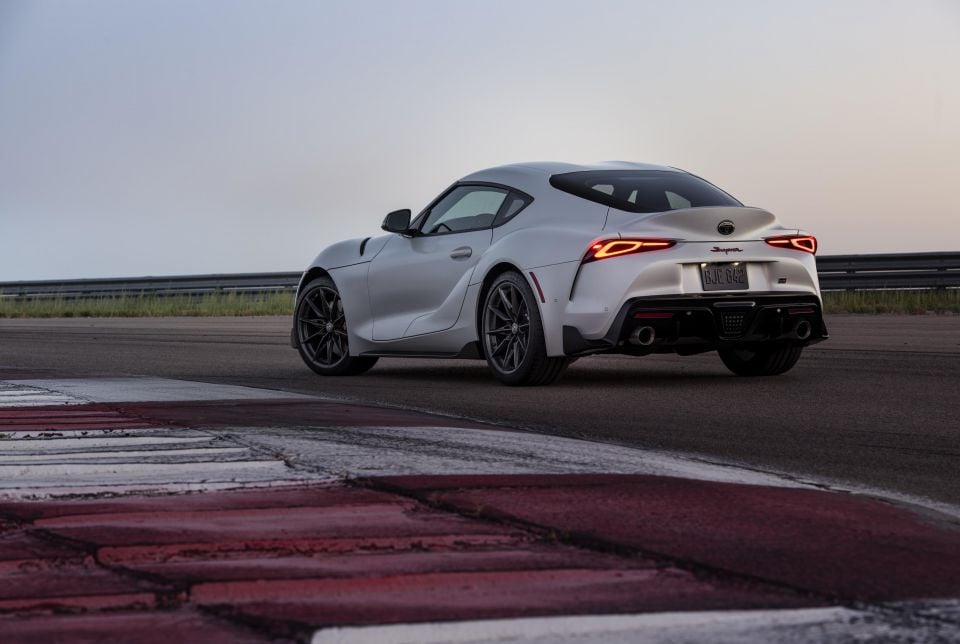

Quickly see how this car stacks up against its competition. Select any benchmark to see more details.
Where expert car reviews meet expert car buying – CarExpert gives you trusted advice, personalised service and real savings on your next new car.
Enthusiasts were left disappointed when Toyota opted not to offer a manual gearbox with its reborn, German-flavoured GR Supra two-seater sports car in 2019.
Those people will have their hopes and prayers answered in the fourth quarter of this year, when a three-pedal option arrives as part of the 2023 model-year update.
It’s not like DIY shifts are quicker than what the eight-speed ZF auto with paddles offers – to the contrary – but for aficionados, nothing can top the engagement factor a manual offers.

With the reborn Nissan Z just arriving, and the next-generation Ford Mustang and BMW M2 around the corner, it’s a good time for Toyota to remind us all of what this Supra can do.
This review is really more of a quick drive, in that we did some track laps in the USA at the same media launch event as the GR Corolla – which we will also review soon.
This updated Supra will hit Australian dealers before the end of 2022, at which point we’ll bring you the full road test.
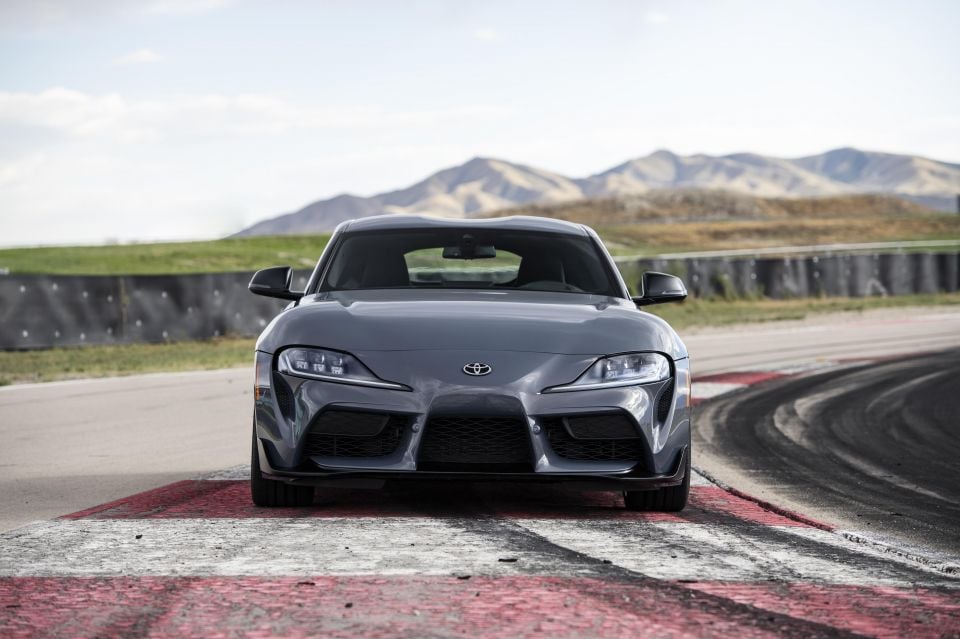
The 2023 Toyota GR Supra will cost pretty much (up $500) what the 2022 did: $87,000 before on-road costs for the GT and $97,000 plus on-roads for the GTS.
The new manual will cost the same as the auto, rather than cutting the price of entry. It’s the same story in the ‘States.
To put this into some context, the mechanically related BMW M240i xDrive costs $91,900 before on-roads, while the Nissan Z kicks off at $73,300. The cheapest way into a Porsche 718 Cayman is the $122,000 four-cylinder.
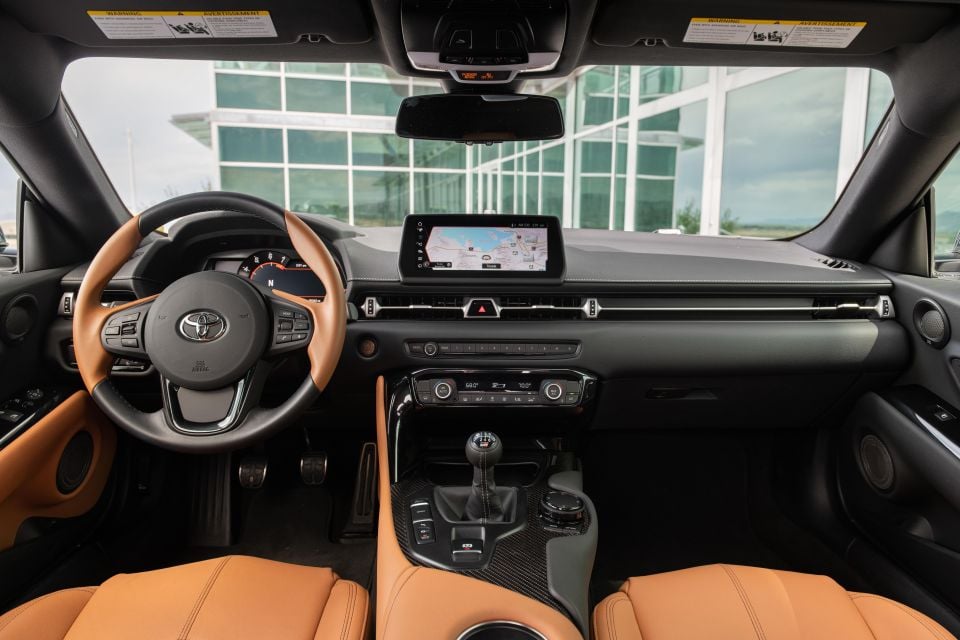
Buy your new car without the stress. It's fast, simple and completely free.

Great service from Travis and team, second time I have used this business would not hesitate to recommend them to anyone
Craig C.
Purchased a Ford Ranger in Sunshine Coast, QLD
CarExpert helped Craig save thousands on his Ford Ranger, now let us save you on your next new car.
Find a dealGetting into the Supra is a challenge for taller folk, on account of the small entry aperture: something that is particularly evident when helmeted-up on track!
Notice the roof lip dips quite low, reducing the size of the side window.
It offers a racy low-slung driving position with largely spot-on ergonomics once you’re safely inside however, and there are certainly sports coupes harder to see out of than this one, with less headroom.
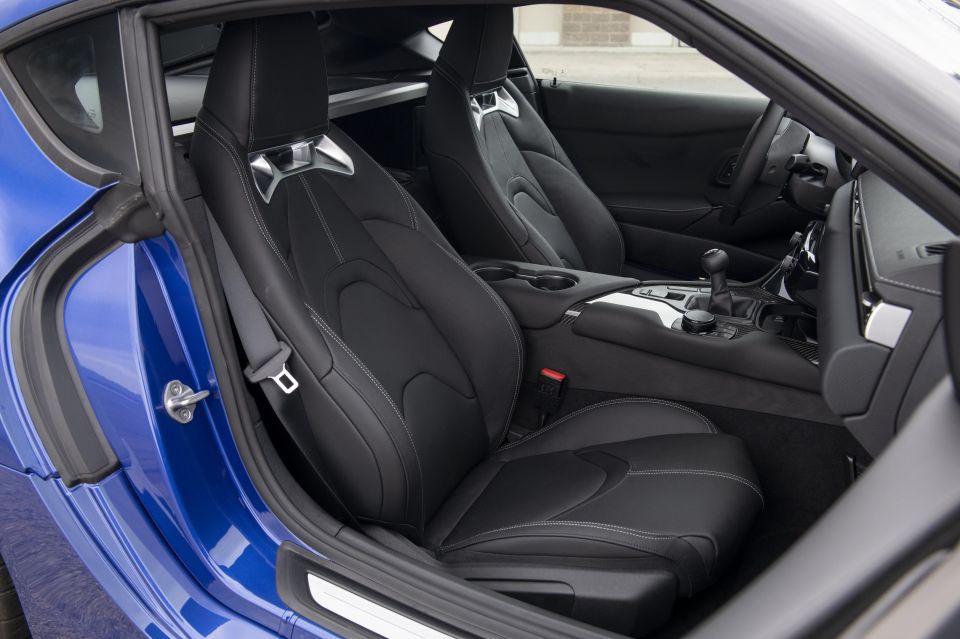
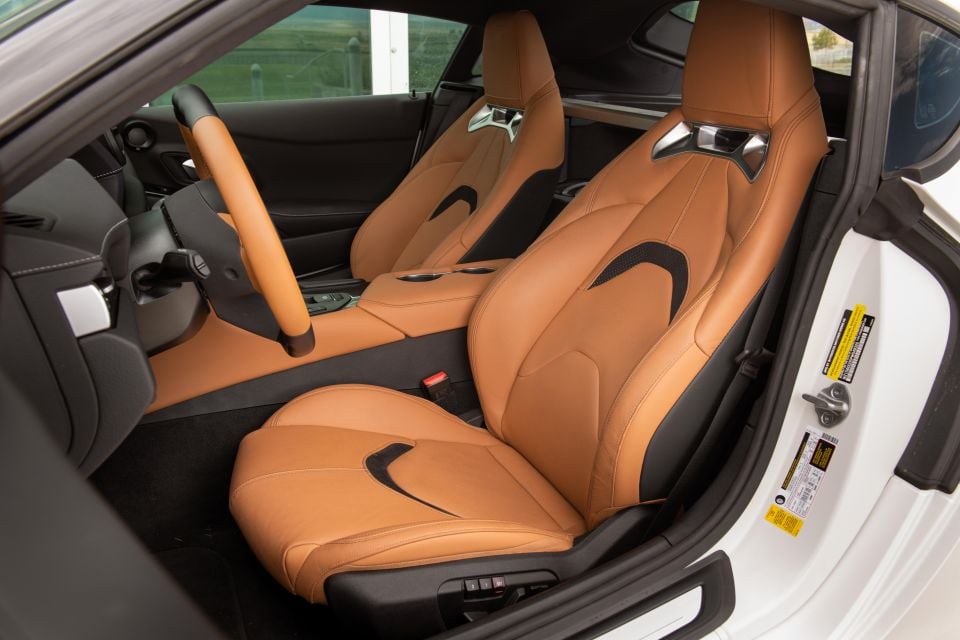
On a track, the ability to see a corner ahead past the A-pillar and through the side glass is paramount.
The steering wheel has a larger-diameter centre piece than I’d like from a purely stylistic perspective, but the rim width is about right – not too fat like in some of the latest BMWs.
The digital cluster with centre-mounted analogue tacho readout doesn’t overcomplicate things: there are some cool animations available in the right-hand section, and a digital speedo to the left, but it always places legibility over flash.
That gear stick sits in easy reach, with Toyota having moved the drive mode and traction control buttons to put it right where you want it, while leaving about 40mm of clearance between the knob and air conditioning control panel in gears 1, 3 and 5.
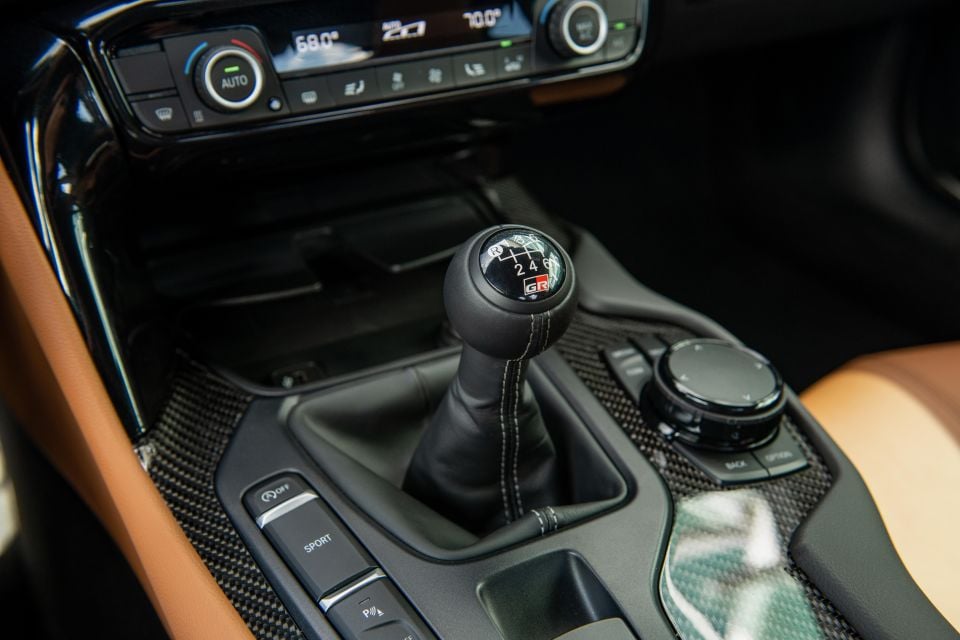
Toyota has fitted its own GR-badged knob, which weighs an additional 200g to add a little weight to the operation, since you’re sure to be grabbing it a lot more than the auto’s shifter.
The two seats offer great side and thigh bolstering, and enough fore and aft movement to account for most drivers. There’s also a new tan trim option for Australia, replacing red.
Sitting atop the dash is the familiar BMW 8.8-inch touchscreen with supporting rotary controller, offering satellite navigation, AM/FM/DAB, and wireless Apple CarPlay. There’s still no mention of Android Auto, though.
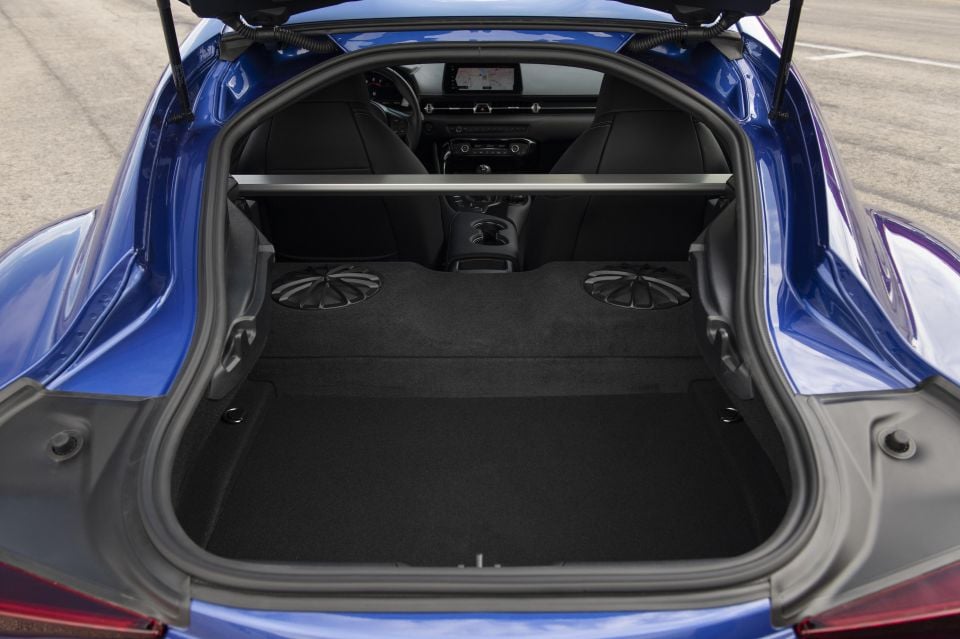
There are some premium trims and materials used, such as the carbon-fibre on the centre tunnel, and quality stitch-work. It’s also screwed together really well.
At the same time it keeps the BMW ‘parts bin’ feel: the buttons on the steering wheel, under the centre screen, and for the climate control are pure Bavarian. Bland? A bit.
Strictly a two-seater, there’s a decent 296-litre boot, more than capable of swallowing a couple of travel bags.
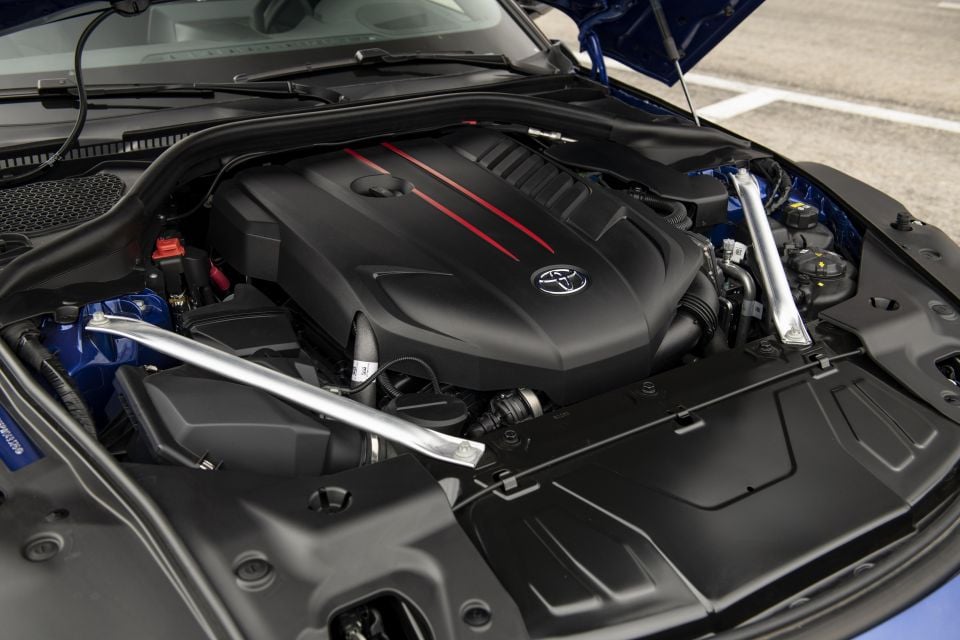
The BMW B58 3.0-litre straight-six makes the same power and torque as it did for the outgoing model year: 285kW (5800 to 6500rpm) and 500Nm (1800 and 5000rpm).
All Supra are rear-wheel drive, and the ZF eight-speed automatic remains in place.
For the manual, Toyota worked with the BMW ZF casing and driveshaft, but went for an increased clutch diameter, strengthened the diaphragm spring, and shortened the final drive ratio.
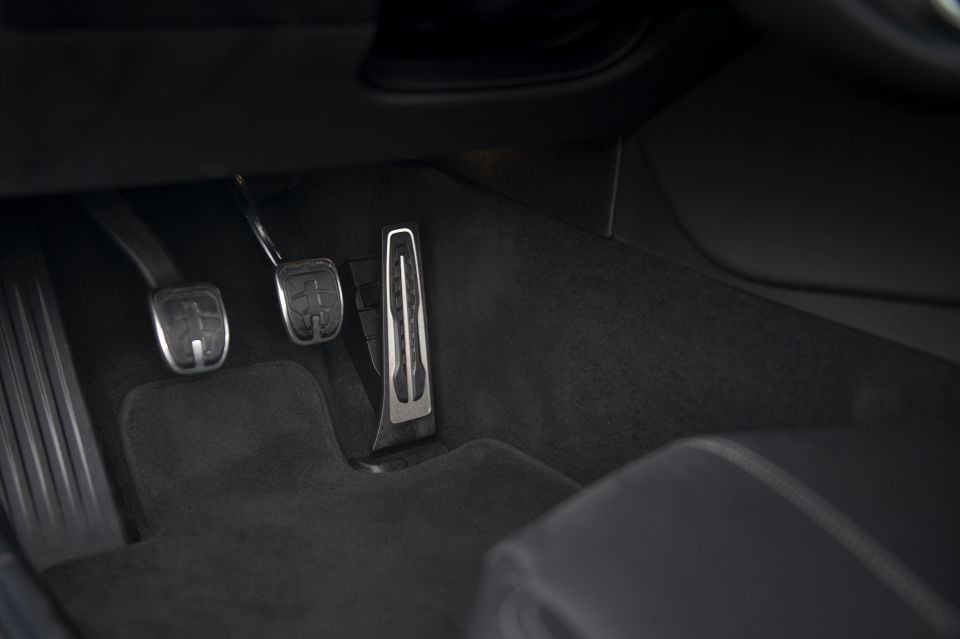
It also has highly effective auto rev matching, which you can turn off if you prefer DIY heel-and-toeing.
Toyota in the US “estimates” the Supra manual can do the 0-60mp/h (96km/h) dash in 4.2 seconds, which is three-tenths slower than the auto.
To contextualise, Toyota Australia claims a 0-100km/h the for the auto of 4.1 seconds, suggesting a 4.4s time for the manual, on the way to a 250km/h top clip.
The manual version is also 18kg lighter than the auto.
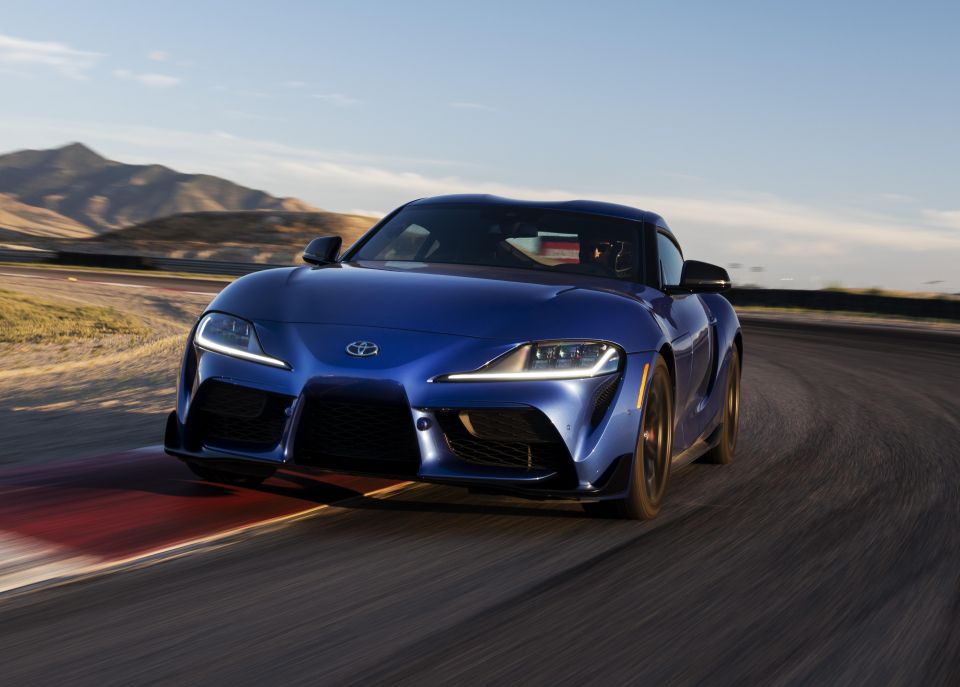
The BMW straight-six is very smooth with wide power and torque bands, offering excellent tractability and acceleration even in a higher gear.
But it’s also properly quick, especially when driven immediately after the GR Corolla. The low seat, long nose, potent engine, and hint of tail squat make this feel like a real missile off the mark.
In Sport mode the Supra artificially enhances the engine note from inside, and its raspy soundscape is really engaging as far as these systems go.
You can turn it off and go full analogue, and of course you can hit up the sprawling aftermarket if you want more kerbside racket.
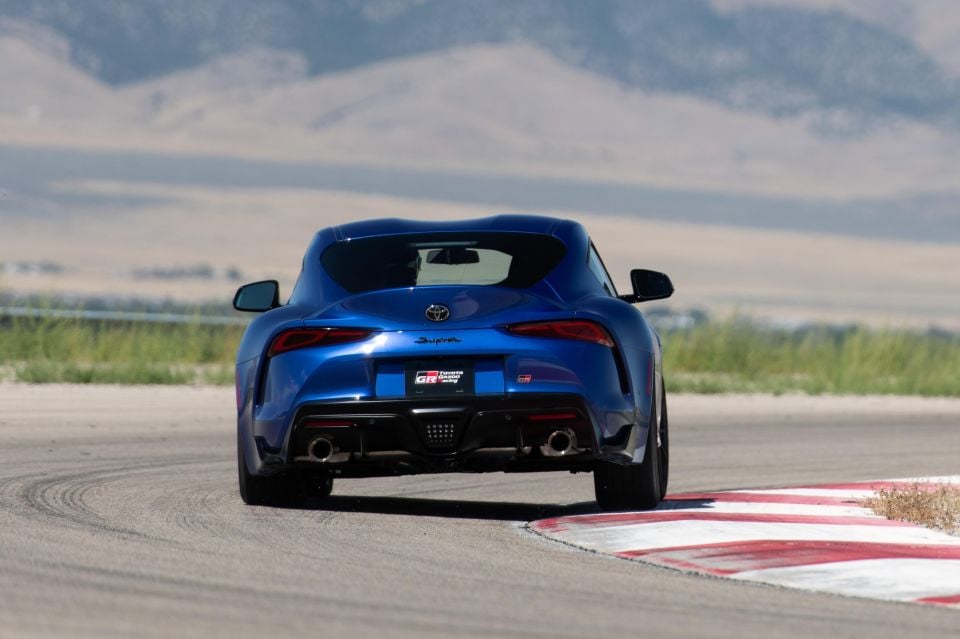
The manual’s clutch felt well-weighted, but it was the short and mechanical shift action that impressed me more – especially since I find the throw in some BMW manuals a little vague.
You’ll be eager to row your own gears, which felt glaringly obvious given the test track in Utah where Toyota held the launch was one you could largely do in third gear.
It’s easy to see why so many of the 770-odd Supras sold in Australia so far do track time.
In addition to the new manual gearbox, Toyota has fine-tuned the electric power steering and stability control to quicken response to steering inputs, and changed the suspension bushes.
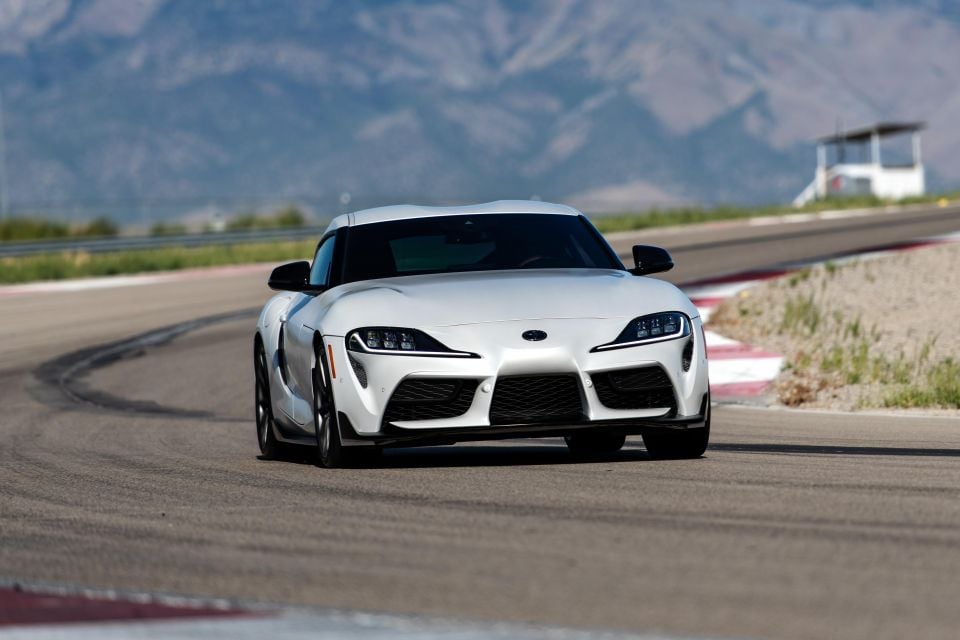
The electric steering is nicely weighted (linked to the selected drive mode), although I still think it could communicate what the front wheels are doing a little better – there’s just a hint of uncertainty about the nose when you’re getting familiarised.
It’s a short car, but rotates progressively without getting too snappy, and so long as you’re controlled on entry, you can lean on the power a little early and use that fat torque band and pliant suspension to really push hard out of a corner.
While our test track was flat as a tack, the Supra manual gets a Hairpin+ traction control function that allows a greater difference on wheel spin between left and right tyres on high-grip surfaces with a gradient.
The mechanical layout is familiar: Double-joint MacPherson strut front and multi-link rear suspension, adaptive damping, and an electronically-actuated active rear LSD.
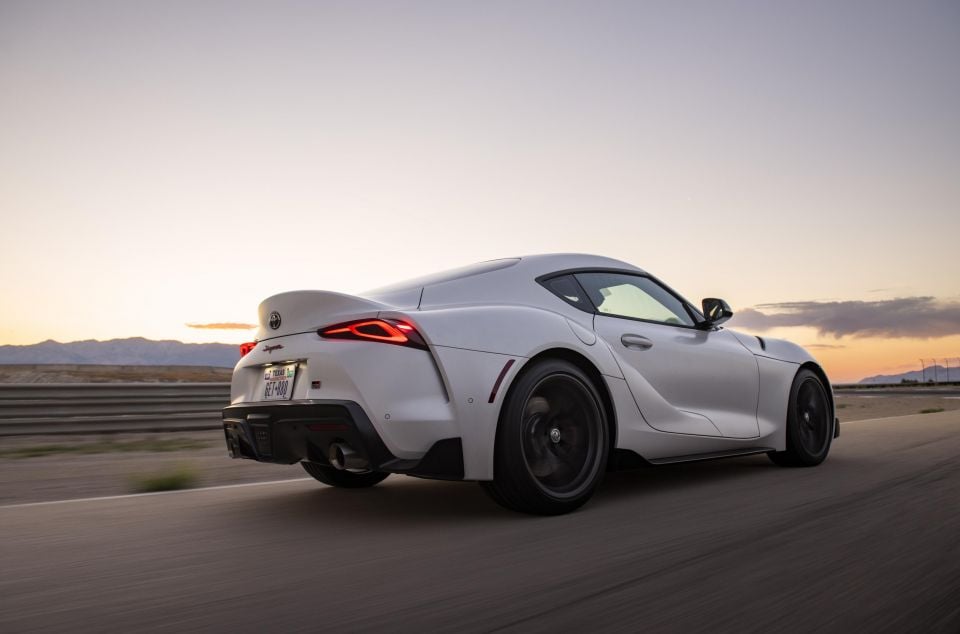
The US-spec cars I drove were shod with Michelin Pilot Super Sport rubber. Australian GTS grades will get new-look 19-inch forged alloy wheels that cut 1.2kg per corner.
Even after being used and abused repeatedly on a track in 40-degree desert heat, brake fade felt minimal, though the pedal’s initial bite is a tad on the soft side.
Regardless, after some familiarisation, this is one bloody fun track car: small, sharp, agile, keen on rapid directional changes with a tail-happy demeanour. It’s also powerful enough to make up time on the straights.
The auto with paddles is faster, but the manual’s lovely mechanical feel clearly adds a new level of driver engagement to an already awesome package. I’m just rapt Toyota bothered.
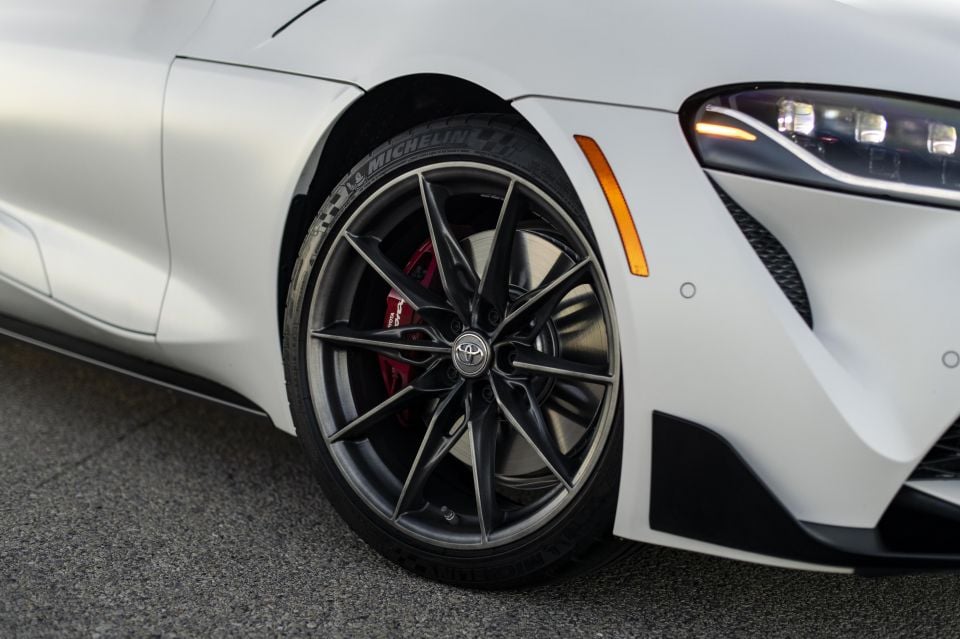
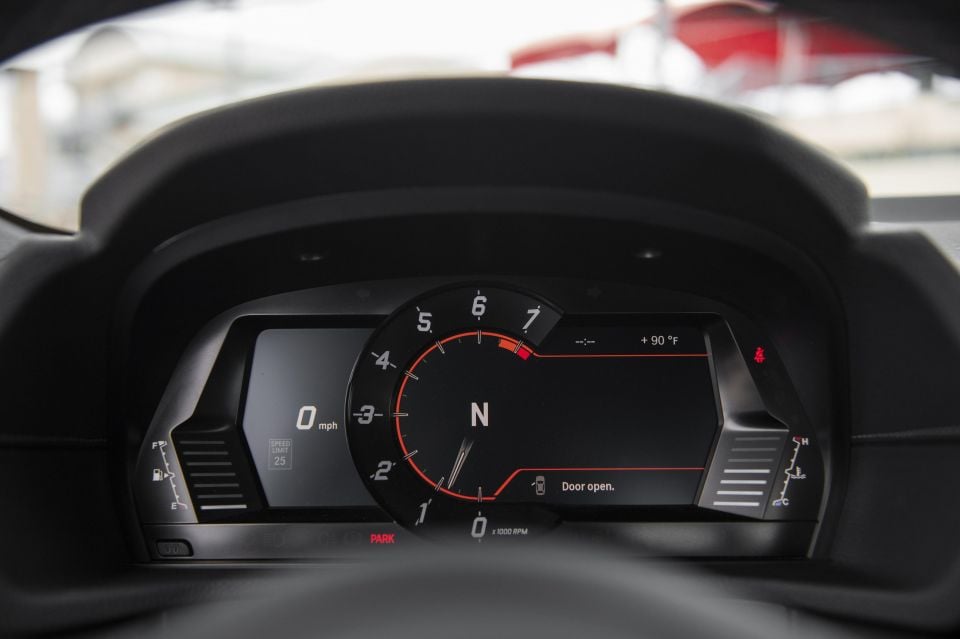
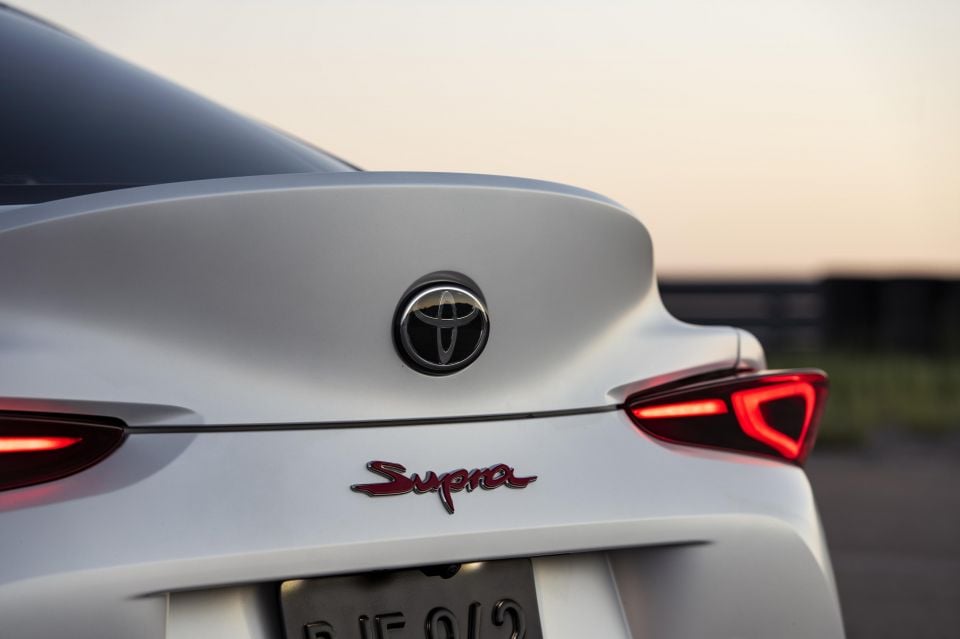
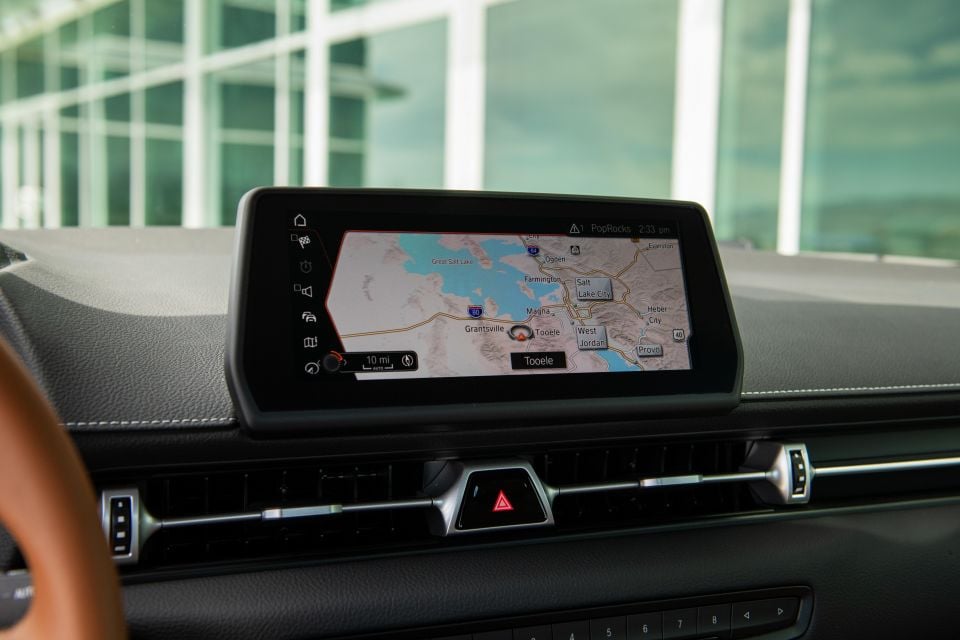
Where expert car reviews meet expert car buying – CarExpert gives you trusted advice, personalised service and real savings on your next new car.
Toyota Australia is yet to confirm the full 2023 feature line-up across GT and GTS grades, but we wouldn’t be banking on many changes.
The outgoing model walk went thus, and serves as a good guide:
Supra GT highlights
Supra GTS adds:
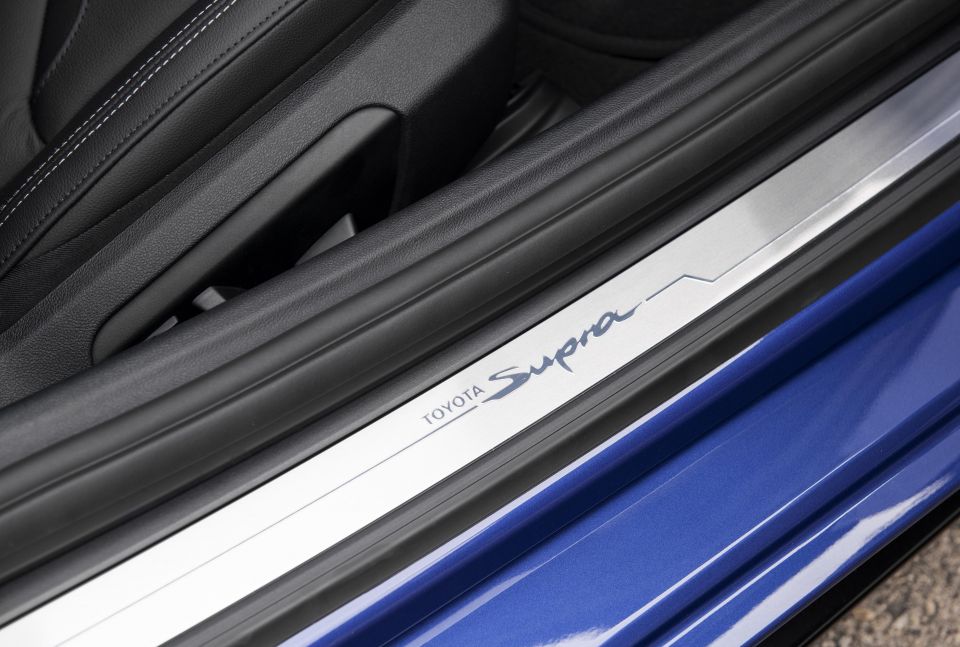
Standard safety features include:
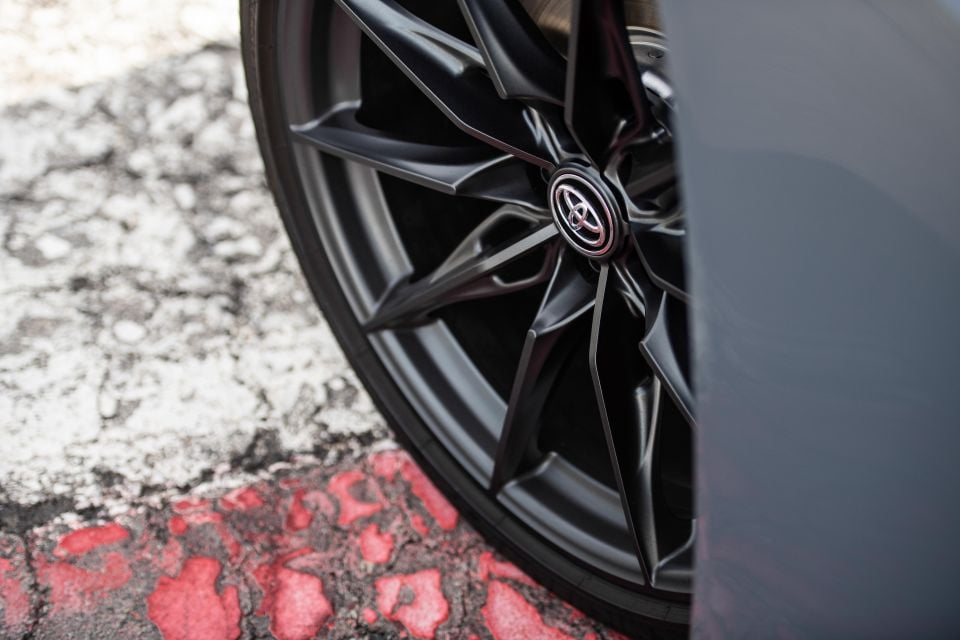
Toyota Australia provides a five-year, unlimited kilometre warranty, extended to seven for the driveline with regular servicing.
It hasn’t announced servicing prices for the MY23 Supra, but the outgoing version was very affordable to maintain for a sports car and we see no reason for this to change.
The MY22 Supra had service intervals of 12 months or 15,000km, with all of the first five visits capped at $390 a pop.
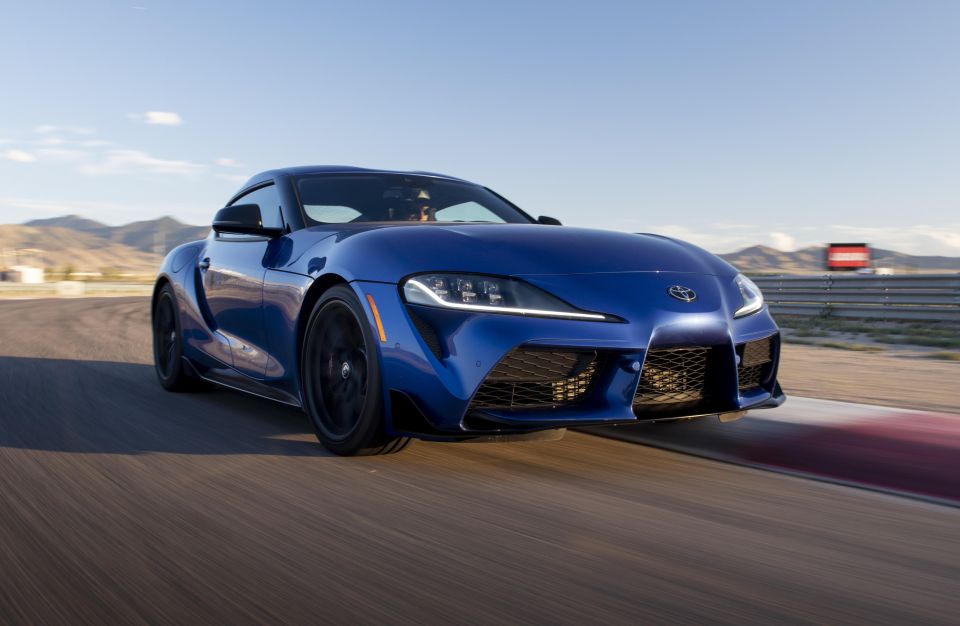
The manual gearbox doesn’t make the Supra quicker, but it opens it up to more buyers.
And while the mid-life running tweaks are minor in scope, it’s important to remember this is a niche vehicle.
It remains a competitively priced, proper performance car with supercar style and is supported by an adoring community of enthusiasts, with all the benefits that brings.
I can’t wait to have a proper steer in Australia before the year is out!

Click the images for the full gallery
Where expert car reviews meet expert car buying – CarExpert gives you trusted advice, personalised service and real savings on your next new car.


William Stopford
2 Days Ago


CarExpert.com.au
5 Days Ago


Derek Fung
9 Days Ago
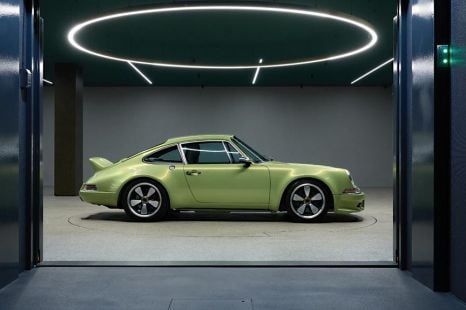

Marton Pettendy
24 Days Ago
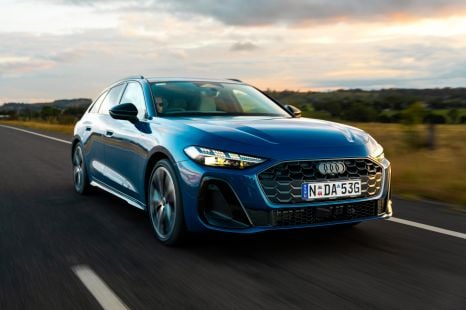

James Wong
1 Month Ago
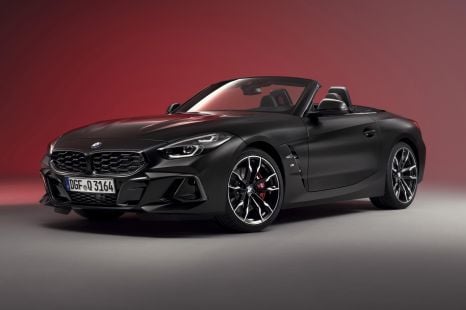

Damion Smy
1 Month Ago